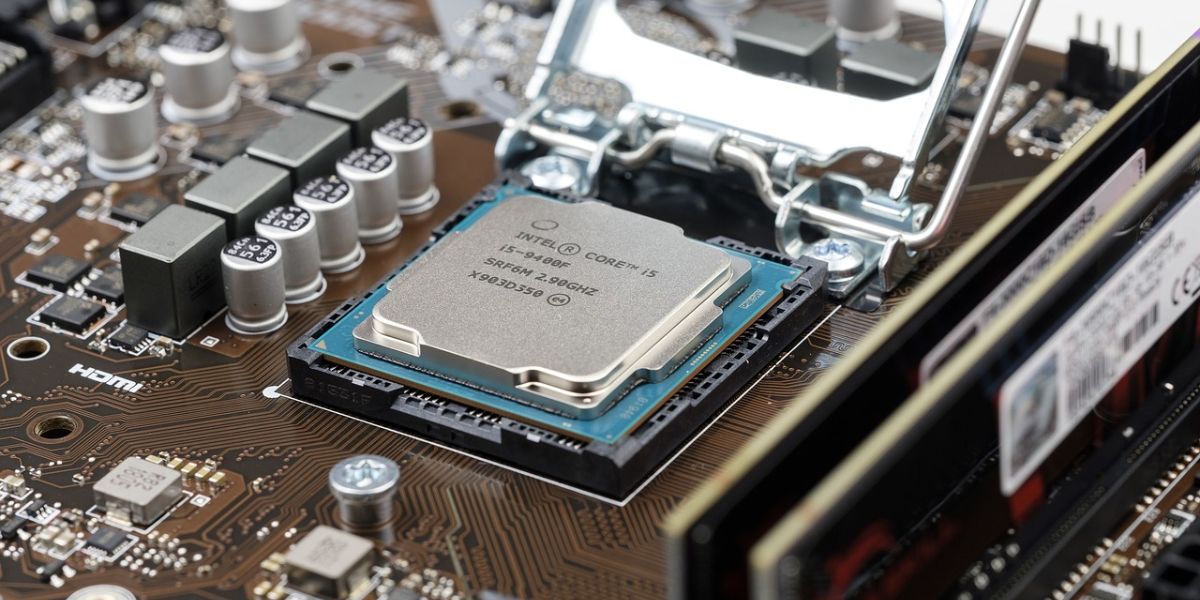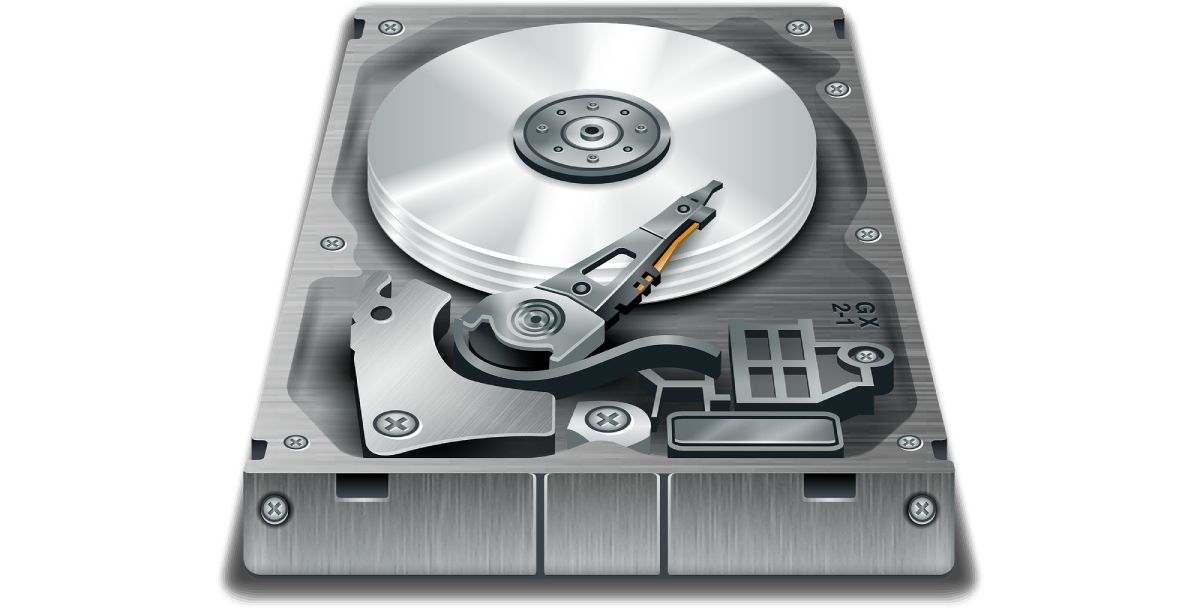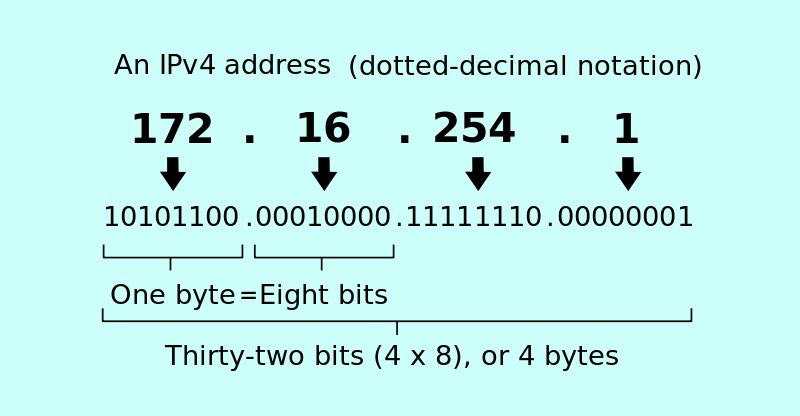When you talk about technology, you come across various confusing terminologies. As technology is evolving continuously, newer terms emerge every day.
It is essential to understand the terms and their meanings if you want to utilize and implement them properly. Here we have prepared a list of pairs of terms that are sometimes difficult to differentiate and used interchangeably by mistake.
So, let's look at ten pairs of tech terms that are often confused.
1. Bits vs. Bytes
The main difference between these two data units is their size and capacity. A bit is the smaller of the two that can be either zero or one. At the same time, a byte can store eight bits of data.
Practically, there is another major difference between these two terms. Storage like SSD, HDD, and RAM utilizes bytes as the standard unit of measure. In comparison, network devices like WiFi adapters, network cards, and modems use bits as the standard unit.
Moreover, the "B" for bytes is always uppercase, while bits are lowercase. For example, ten megabytes is 10 MB, while ten megabits per second is 10 Mbps. So, you can easily spot the unit with this differentiation. There are more differences between the two, which you can read in our Mb and MB explainer.
2. CPU vs. GPU vs. TPU
- The Central Processing Unit (CPU) is the brain of the computer. It stands between hardware and software and helps build communication between them. CPU manages all the functions of your computer.
- The Graphical Processing Unit (GPU) is responsible for managing and enhancing the graphical performance of the system. Manufacturers may build a basic GPU into your CPU. However, you'll need a separate dedicated GPU for advanced performance.
- The Tensor Processing Unit (TPU) carries out massive multiplications, AI calculations, and algorithms. TPUs are custom-built processing units for app frameworks like Google's TensorFlow.
3. RAM vs. ROM
As common as these two terms are, they can still be confusing at times.
- RAM stands for Random Access Memory
- ROM stands for Read-Only Memory
RAM is a type of computer memory used to store running programs and data for a short time. RAM is a volatile memory that gets erased when you power off or restart your system. In contrast, ROM is a non-volatile memory. Information stays permanently on it, such as on your hard drive. Permanently here means that it will stay there unless you choose to delete it.
4. FPS vs. Hz
The computer display is a combination of frame rates and refresh rates. You can track the movement on the monitor screen with these rates.
- Frames Per Second (FPS) means how many frames a computer can process in one second. The higher the frames smoother the performance it offers.
- Hertz (Hz) is the unit for refresh rate. Refresh rate is how many times your computer updates images on a screen. Higher refresh rates will produce smoother movements.
5. 32-bit vs. 64-bit
As discussed above, a bit is a unit for computer memory. You've likely come across different systems being specified as 32-bit or 64-bit. These are types of computer architecture. "32" and "64" are the data processing capabilities. 32-bit architecture is suitable for smaller systems with 4 GB of RAM or less. 64-bit can process a lot more data for an operation and performs better for multi-tasking on a computer with higher hardware specifications.
6. Memory vs. Storage
Memory is a computer component that stores data for the short term. Such as running processes and logs. It is volatile, which means it keeps data until the system is running. Memory is another term for RAM, which we also covered previously.
Computer storage allows it to save data for the long term. It is a non-volatile memory (like the ROM covered earlier). Hard drives such as HDD and SSD are storage units.
7. SRAM vs. DRAM
SRAM or Static RAM and DRAM or Dynamic RAM are types of Random Access Memory with different architectures. SRAM is faster than DRAM. SRAM has a lower power consumption of the system than DRAM, while DRAM is less expensive. SRAM is used in cache (temporarily stored memory), while DRAM is used in main memory.
8. IP vs. DNS vs. MAC Address vs. TCP
- The Internet Protocol (IP) address of a system uniquely identifies it on a network. An internet service provider provides the IP address to you.
- The Domain Name System (DNS) translates alphanumeric websites names for IP addresses. It makes them easier to comprehend and remember.
- A Media Access Control (MAC) address is assigned to a network adapter by the manufacturer. It is its unique identification number. MAC address determines the physical address of the computer over a network.
- Transmission Control Protocol (TCP) is a communication mechanism that allows programs and devices to exchange messages over a network. It is what helps servers communicate with the clients.
9. IPv4 vs. IPv6
IPv4 and IPv6 are types of IP addresses that differ in format and size. IPv4 is a 32-bit address consisting of four numbers that combine to make a unique IP address. IPv6 is the next enhanced version of IPv4. It is a 128-bit hexadecimal address. It consists of eight sets of hexadecimal numbers that combine to make an IP address.
10. POP3 vs. IMAP vs. SMTP
POP3 (Post Office Protocol 3) and IMAP (Instant Messaging Access Protocol) are the mechanisms to retrieve, manage, and store emails from third-party email servers or devices.
POP3 allows to store email and send messages to a single device only. In comparison, IMAP allows storing emails on a server. It allows accessing email among multiple devices. POP3 is an older and simpler technology, while IMAP is more advanced and quickly becoming the standard.
SMTP (Simple Mail Transfer Protocol) is the standard protocol for communication used in POP3 and IMAP to send and receive emails.
Better Understanding, Better Utilization
In technology, where things are regularly advancing, you must make sure to stay up-to-date with the latest developments. Understanding these tech terms will not only make you more knowledgeable, but you will also be in a better position to utilize these technologies.





